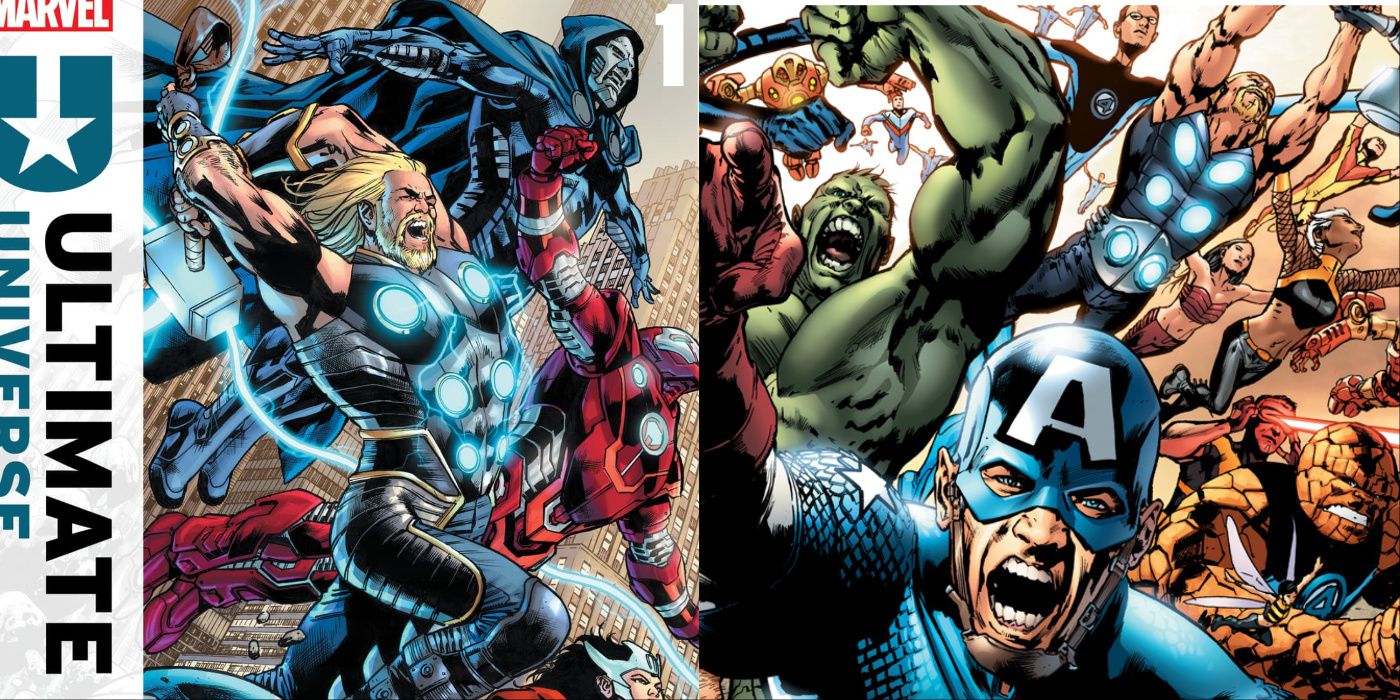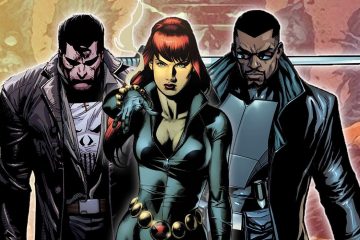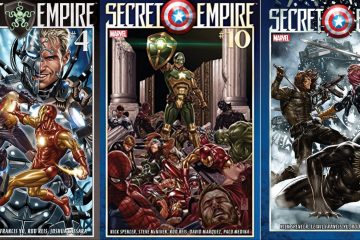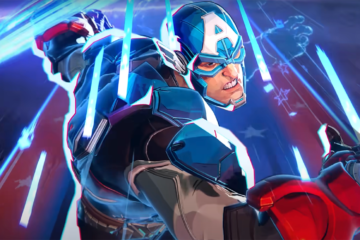Welcome to the Ultimate Universe! Ultimate Universe #1 by Jonathan Hickman, Stefano Caselli, David Curiel and Joe Caramagna has set the table for new versions of Spider-Man, Iron Lad, Thor, Doctor Doom and more. Reimagined versions of these characters are set to take off in the coming months, headlining a new version of Marvel’s Ultimate Comics line. The cast is quickly growing with names like Black Panther, Lady Sif, the X-Men and more set to take major roles in the short-term, but it may be too much. The original Ultimate Marvel line, which launched in 2000, was created with the intent of streamlining Marvel’s heavy existing continuity. Its success came from giving readers a simple, relatable jumping on point, something this new line is already in danger of risking.Ultimate Comics started as an extremely successful initiative for Marvel, giving fresh life to stale and overcomplicated characters. It would unfortunately become a victim to the very problem it was created to solve as its persistent continuity and controversial cast became too much to manage. The new Ultimate Universe is still building its foundation while already juggling several important open-ended plot points. As Hickman and crew set out to blaze a trail across the new Earth-6160, they can’t let its stories get involved in too many large-scale conflicts before it has a chance to establish its status quo. Doing so will muddle its stakes, risk alienating readers early on in the title’s lifespan, and take attention away from building its characters as individuals.By the time Marvel had finished setting the groundwork, the Ultimate initiative had found remarkable success. Titles for Spider-Man, X-Men, and the universe’s Ultimates superteam reinvigorated their source characters. In some cases, these were simply familiar faces adapted to a more modern setting. Other times, characters were completely reimagined in ways that proved just as iconic as their original interpretations. The Green Goblin became a literal beast, Spider-Woman combined Jessica Drew’s character and Ben Reilly’s backstory, Nick Fury was Samuel L. Jackson, Doctor Doom had goat legs. More often than not, the Ultimate versions of characters were so successful that they would end up influencing their mainstream representation. The Marvel Cinematic Universe, for example, took heavy inspiration from the Ultimate versions of characters, from their looks down to their more grounded origins. Despite finding success with its characters, though, the smooth ride of Ultimate Comics would hit turbulence thanks to problems with its stories.
Welcome to the Ultimate Universe! Ultimate Universe #1 by Jonathan Hickman, Stefano Caselli, David Curiel and Joe Caramagna has set the table for new versions of Spider-Man, Iron Lad, Thor, Doctor Doom and more. Reimagined versions of these characters are set to take off in the coming months, headlining a new version of Marvel’s Ultimate Comics line. The cast is quickly growing with names like Black Panther, Lady Sif, the X-Men and more set to take major roles in the short-term, but it may be too much. The original Ultimate Marvel line, which launched in 2000, was created with the intent of streamlining Marvel’s heavy existing continuity. Its success came from giving readers a simple, relatable jumping on point, something this new line is already in danger of risking.
Ultimate Comics started as an extremely successful initiative for Marvel, giving fresh life to stale and overcomplicated characters. It would unfortunately become a victim to the very problem it was created to solve as its persistent continuity and controversial cast became too much to manage. The new Ultimate Universe is still building its foundation while already juggling several important open-ended plot points. As Hickman and crew set out to blaze a trail across the new Earth-6160, they can’t let its stories get involved in too many large-scale conflicts before it has a chance to establish its status quo. Doing so will muddle its stakes, risk alienating readers early on in the title’s lifespan, and take attention away from building its characters as individuals.
By the time Marvel had finished setting the groundwork, the Ultimate initiative had found remarkable success. Titles for Spider-Man, X-Men, and the universe’s Ultimates superteam reinvigorated their source characters. In some cases, these were simply familiar faces adapted to a more modern setting. Other times, characters were completely reimagined in ways that proved just as iconic as their original interpretations. The Green Goblin became a literal beast, Spider-Woman combined Jessica Drew’s character and Ben Reilly’s backstory, Nick Fury was Samuel L. Jackson, Doctor Doom had goat legs. More often than not, the Ultimate versions of characters were so successful that they would end up influencing their mainstream representation. The Marvel Cinematic Universe, for example, took heavy inspiration from the Ultimate versions of characters, from their looks down to their more grounded origins. Despite finding success with its characters, though, the smooth ride of Ultimate Comics would hit turbulence thanks to problems with its stories.
#Marvels #Ultimate #Universe #Danger #Repeating #Predecessors #Biggest #Mistake
Note:- (Not all news on the site expresses the point of view of the site, but we transmit this news automatically and translate it through programmatic technology on the site and not from a human editor. The content is auto-generated from a syndicated feed.))



